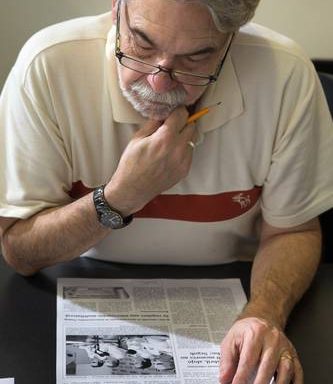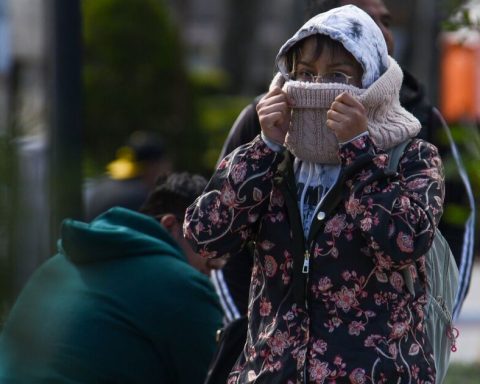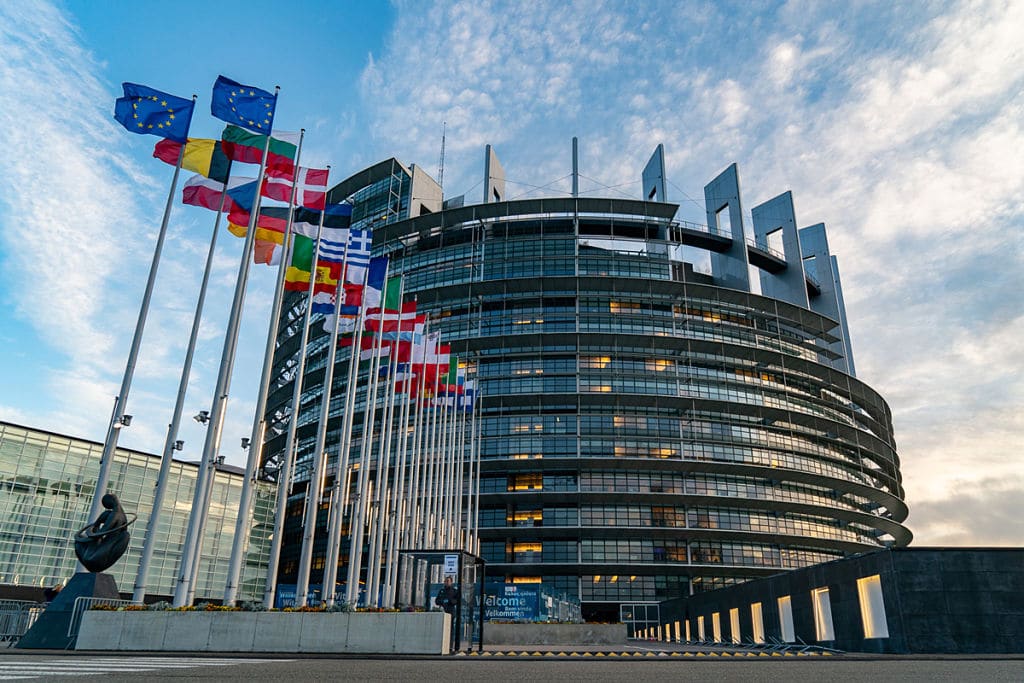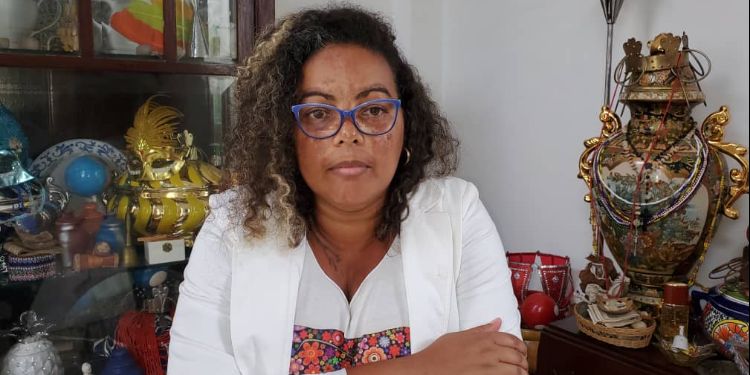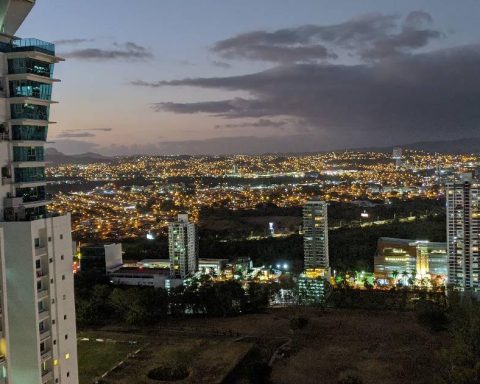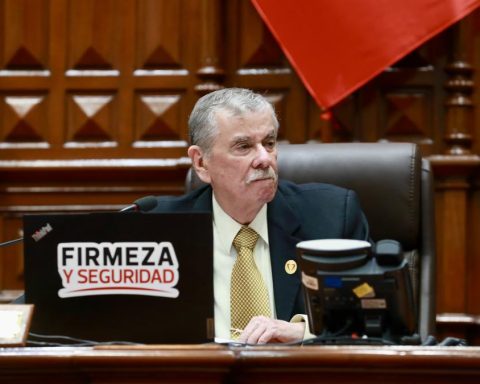AND
l June 5, about 12 Millions of Mexicans from the states of Aguascalientes, Durango, Hidalgo, Oaxaca, Quintana Roo and Tamaulipas participated in an unprecedented election day that moved towards political alternation in four of six states (including the increase in citizen participation in Aguascalientes and Durango by Morena ) that were historically dominated by the now PRI-PAN political minorities, whose popular approval tends to go down to the point of extinction (in Quintana Roo, the PRI falters in its record, after a meager turnout that ranges between 2.5 and 3.1 percent, if a result lower than the necessary 3 percent is confirmed, it would simply cease to exist, after 70 years of presence in the state), which shows us a trend that has been evident since the 2018 presidential elections: the weariness of the corrupt elite society.
It is worth highlighting the work carried out by the INE and the local institutes in organizing the elections. 99.8 percent of the boxes were installed. There were foreign visitors from more than 32 countries. For the first time, the assisted vote was received, as well as for the second time, votes were cast in penitentiary centers; in addition to Internet voting for Mexicans abroad. Thanks to the constant work of Councilor Carla Humphrey with parity agreements, two other female governors have now been elected, for which, for the first time in history, we will have nine governorships headed by women.
In the states with a PRI political tradition, such as Hidalgo and Oaxaca, for the gubernatorial election in the first case, Morena doubled the number of votes for the candidate of the PRI-PAN-PRD alliance (whose union is also difficult to manage taking into account account that for decades they were the opposition in this country, but that currently only reflects the weakness of their ideology, which today is not sustained or at least does not seem to convince the national electorate, also lacking real leadership), with an estimate of up to 63.2 percent. In Oaxaca, the quick count shows a maximum estimate of 61.4 percent against the PRI candidate with a turnout that fluctuates between 24.3 and 27.2 percent, and a percentage for the PAN candidate that barely exceeds the minimum required, just 3.5 percent. . The difference is overwhelming in these two states that are located in the highest poverty rates in Mexico. The vote of confidence of the citizens towards Morena points to a common agenda for the benefit of the most vulnerable groups and to recompose the social fabric that is sorely lacking in our constitutional democracy, whose main premise is the safeguarding of people’s human rights.
Another party in decline turned out to be the PRD, which obtained a vote of less than 3 percent in four of the six states, which surely means that it will lose its registration in 2024. The PAN states, Quintana Roo and Tamaulipas were not the exception. Mara Ledezma, candidate of the Together We Make History coalition, obtained between 55.3 and 58.2 percent of the total votes, an overwhelming advantage that can be seen against the candidate of the PAN-PRD-Partido Confianza, who obtained between 15.1 and 17.7 percent of the vote. total participation. The forcefulness in Tamaulipas by Américo Villarreal, from Morena, speaks for itself, despite the failed efforts of the current governor to keep his ad hoc candidate in power and get away with the accusations that relate him to corruption, diversion of resources public, illicit enrichment and its possible complicity with the organized crime that operates in that state, the result of the election projects a Tamaulipas citizenry that will demand clear accounts.
In the 2018 elections, the charisma of President Andrés Manuel López Obrador influenced the results of the elections for the Legislative Power, which successfully culminated his third electoral campaign for the Presidency, with 53 percent of the votes; this presence during the last two decades is explained by the tenacity and charisma of the President. This influence continues to be decisive in the extension of his political project in the states, with which the hypothesis that only AMLO’s popularity attracts votes towards Morena collapses, when it can be seen that he exceeded 50 percent of the vote for part of the candidates of the ruling coalition.
The tiredness of society, we pointed out, was another factor in the 2018 election. Due to the low ethical quality of the main holders of power during the administration of Enrique Peña Nieto and the lack of effective measures to combat corruption and impunity. Today Morena governs in 22 of 32 states of the Republic. Next year there will be elections in the state of Mexico and in Coahuila. By 2024, the ground will have been flattened to continue AMLO’s leftist project.

